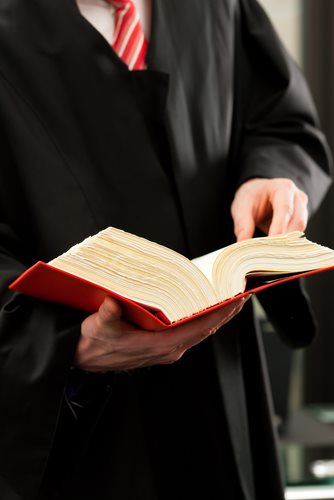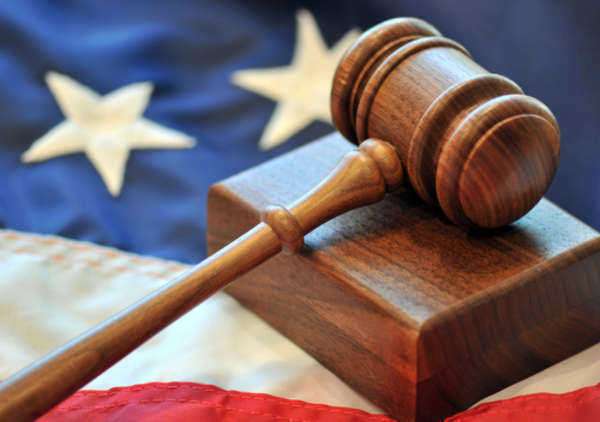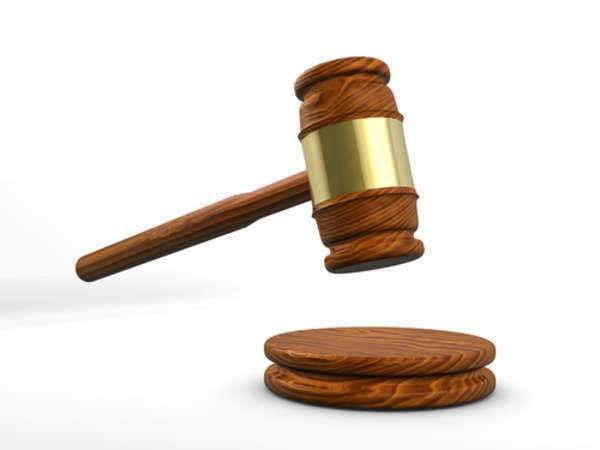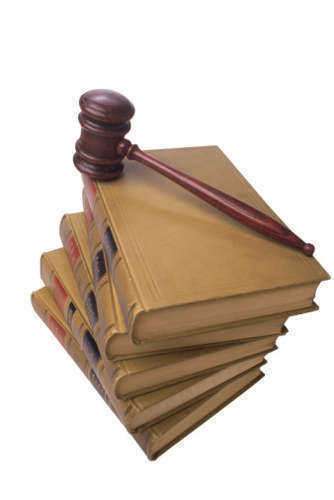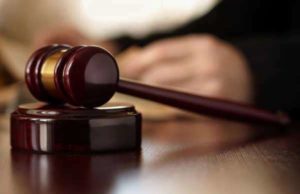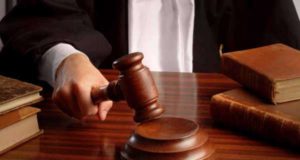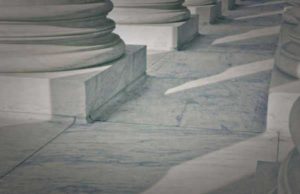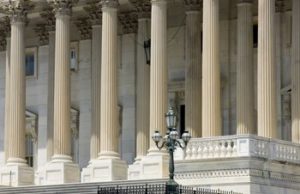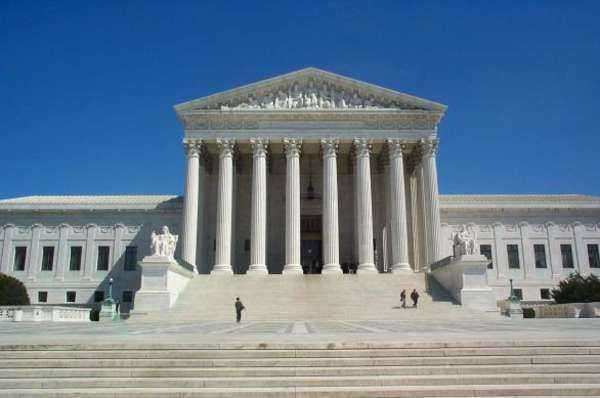
Sonia Sotomayor
Sonia Sotomayor is a current associate justice of the United States Supreme Court. She has served as both a Federal district judge and a Federal Appeals
court judge before her nomination and confirmation to the Supreme Court. This article contains the following:
– A brief biographical history of Sonia Sotomayor.
– Dates and appointments of her various Judgeships
– Notable
cases with her decisions as a Federal District Judge of the Southern District of New York
– Notable cases with her decisions as a Federal Appeals Court Judge of the Second Circuit Court
– Notable cases with her decisions as an Associate Justice of the United States Supreme Court
I. Biographical Information of Justice Sotomayor:
Sonia Maria Sotomayor, born June 25, 1954, is an active associate justice on the Supreme Court of the United States. Sotomayor has been on the court since August 2009 and is the 111th justice of the court. She is the third female justice and first justice with a Hispanic heritage. Both of her parents were born in Puerto Rico and emigrated to the United States shortly after World War II. parents raised her Catholic and lived in several neighborhoods of the Bronx, mostly among Puerto Rican communities.
Sotomayor graduated from Yale
Law School in 1979 and was admitted to the New York state bar in 1980, having passed on her first try. Sotomayor was immediately hired out of Yale Law School as an assistant district
attorney in New York County. After spending three years as a prosecutor, Sotomayor began a solo law practice, named “Sotomayor & Associates”, which she ran out of her apartment in Brooklyn.
She was nominated by President George H. W. Bush in 1991 to a seat in the U.S. District Court for the Southern District of New York and eventually confirmed by unanimous decision of the United States Senate. In 1997, Sotomayor was nominated by then president Bill Clinton for a seat on the U.S. Court of Appeals of the Second Circuit. After an extended period of hearings, Sotomayor was finally approved by the Senate in late 1998, with a 67 – 29 decision in her favor. In May of 2009, Sotomayor was nominated by President Barack Obama for appointment to the United States Supreme Court. She was confirmed and took her seat in August of 2009.
II. Federal District Judge of the Southern District Of New York
Sonia Sotomayor served as a Federal District judge from 1992 to 1998. During this time, she spent her time on numerous types of cases and made various rulings. Although she kept a low public profile as a district court judge, she was considered a fairly liberal judge who was willing to rule against the government in several cases. For
criminal actions, she was known for being particularly tough and gave much longer sentences than other district judges.
Notable Cases
– Silverman v. Major League Baseball (1995) – One of her most famous decisions was her ruling against Major League Baseball in 1995. Her ruling ultimately ended the baseball strike of 1994, after she struck down the owner’s request for a new collective bargaining agreement.
– Dow Jones v. Department of Justice (1995) – In this decision, the Wall Street Journal was attempting to obtain and publish of the last note left by former Deputy White House Counsel Vince Foster. Sotomayor ruled in favor of the Wall Street Journal, stating that the public had a substantial interest in the note. The ruling required the U.S. Justice Department to not act to stop its release.
– New York Times Co. v. Tasini (1997) – This
case involved a group of freelance journalists that sued the New York Times for copyright infringement. The case revolved around the use by the New York Times of an electronic archival database for legal and
business professionals, which was using the published works of the freelancers. Sotomayor ruled that the New York Times had a right to license out the work of the freelancers. However, this decision was ultimately reversed on appeal, with the appeal being upheld by the Supreme Court. Only two Supreme Court Justices took Sotomayor’s position.
– Castle Rock Entertainment v. Carol Publishing Group (1997) – This case involved a book of trivia that was being published that referenced the television show “Seinfeld”. Sotomayor ruled that the publisher violated copyrights for the show’s producer and did not meet the requirements of fair use. This ruling was upheld on appeal.
III. U.S. Court of Appeals
Sotomayor was next nominated by President Clinton for a seat in the Second Circuit of the United State’s Court of Appeals. Her nomination was in June of 1997, but political issues delayed her confirmation by the Senate until October 1998. She served in this position from 1998 until 2009, in which she heard over 3000 cases and issued 380 majority opinions. Her decision were generally regarded as centrist with some liberal leanings in some circumstances.
Notable Cases
– Center for Reproductive Law and Policy v. Bush (2002) – Sotomayor ruled that the “Mexico City Policy”, a Bush administration policy of not contributing to separate nongovernmental organizations which promote abortion as a method of family planning in their nation. Sotomayor ruled the government is allowed to favor anti-abortion positions over pro-choice positions and can show such preference with public funds without violating equal protection.
– Pappas v. Giuliano (2002) – In this appeal, Sotomayor dissented from the majority that ruled a New York Police officer could be fired for sending racist materials through the mail. Sotomayor’s position was that the
first amendment protected such speech, since the questionable activities, although hateful and offensive, were made outside of the police officer’s employment.
– Maloney v. Cuomo (2009) – Sotomayor affirmed a challenge of the conviction of a New York man who was charged with possession of an illegal weapon, which were nunchuks. Her opinion states that the
Second Amendment, the right to bear arms, is binding to the states like most of the other constitutional rights in the Bill of Rights. The ruling was upheld later by the Supreme Court, as they have stated that no court but the Supreme Court could rule the second amendment applies to the states.
– N.G & S.G. v. Connecticut (2004) – Sotomayor dissented from the majority’s decision to uphold strip searches of adolescent girls in a juvenile detention center. Sotomayor felt the girl’s rights were violated in the absence of individualized suspicion, since the girls had never been charged with a crime.
– Correctional Services Corp. v. Malesko (2000) – Sotomayor wrote the majority opinion, stating that an individual has the right to sue a private corporation working on behalf of the federal government for constitutional violations. This decision overturned the lower court decision which ruled that such private corporations were protected by sovereign immunity laws. This decision was ultimately overturned by the Supreme Court in a close 5-4 decision, which did not agree with the extension of the Bivens doctrine that Sotomayor applied in her decision.
– Krimstock v. Kelly (2002) – Sotomayor ruled that New York City’s policy of sizing cars from drivers accused of DWI’s and holding the vehicles for months or years during the criminal proceedings violated due process rights. This ruling was especially important as New York had previously not allowed such drivers to challenge the holding of property, and Sotomayor ruled cars play an important role in the everyday lives of citizens.
– Clarett v. National Football League (2003) – This was a case that garnered national headlines, as it involved a challenge to the National Football Leagues eligibility rules that required its players to spend three years in college before being allowed to enter the draft. Maurice Clarett, a college football star at the time, challenged the rule on antitrust grounds. Sotomayor ruled against Clarett, stating that such a decision would infringe on federal
labor laws designed to promote collective bargaining agreements.
IV. The Supreme Court of the United States
Sotomayor was nominated by president Barack Obama in 2009 for a seat on the United States Supreme Court. In July of 2009, she was confirmed by the Senate (which voted strongly among party lines, with all Democrats supporting her and only 9 Republicans). She is the first Hispanic judge to serve on the court and only the third woman justice.
Notable Cases
– Citizens United v. Federal Election Commission (2009) – In her first case as an active Supreme Court Justice, Sotomayor heard on of the most important cases in years. The case involved the first amendment rights of corporations during political campaigns, in which the court ultimately held that corporations are protected and have legal person-hood for such campaigns. Sotomayor dissented to the controversial opinion.
– Berghuis v. Thompson (2010) – This case was the first case in which Sotomayor wrote an opinion of the court. This case involved the rights of individuals who are arrested by the police, given the proper Miranda warnings, understand their right to remain silent, yet speak anyway. The decision states that an individual does not invoke his or her right to silence by actually remaining silent and must affirmatively state they are relying on the right. While this was the majority opinion, Sotomayor wrote the dissenting opinion, stating that Miranda rules and protections have always required more in order to have a valid waiver of such rights. Many feel this decision was a major infringement on individual rights and the dissent has remained a popular opinion.
– Pepper v. United States (2010) – Sotomayor wrote the majority opinion of the court in this case, in which she held the position that an original sentence of a drug dealer, which was significantly less than the federal sentencing guidelines, should be upheld. The prosecution appealed the original sentences, which was overturned and made in compliance with the federal sentencing guidelines, however the Supreme Court invalidated this later sentencing on the grounds that the original sentence was sufficient under the facts.
– Matrixx Initiatives v. Siracusano (2010) – This decision, in which Sotomayor wrote the unanimous majority opinion, established that the plaintiffs in a securities fraud claim properly stated a claim against a pharmaceutical company that failed to disclose negative reports regarding one of its drugs. The failure to disclose ultimately had a negative affect on securities pricing. Sotomayor wrote the opinion which was met with criticism by many corporations, which state the ruling does not give any guidelines for what “adverse events” are and when they must be disclosed to investors.
– Michigan v. Bryant (2010) – This case involved the conviction of a defendant for second degree murder, in which the trial judge allowed a hearsay statement naming the defendant as the perpetrator by the victim before his death. Sotomayor wrote the opinion of the court that held such a statement is not testimonial and therefore the defendant did not have a right under the confrontation clause to exclude it from the trial.
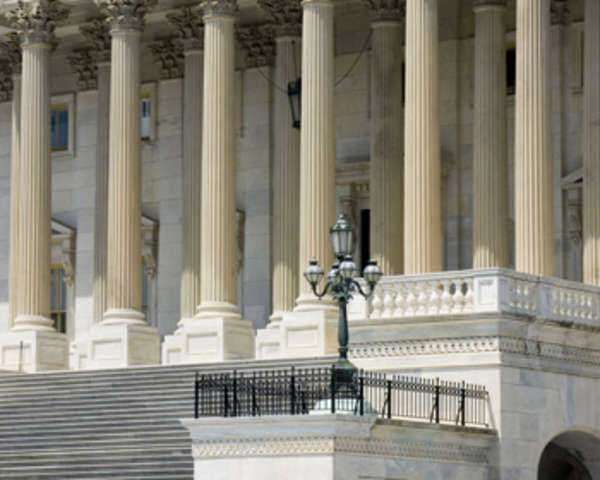

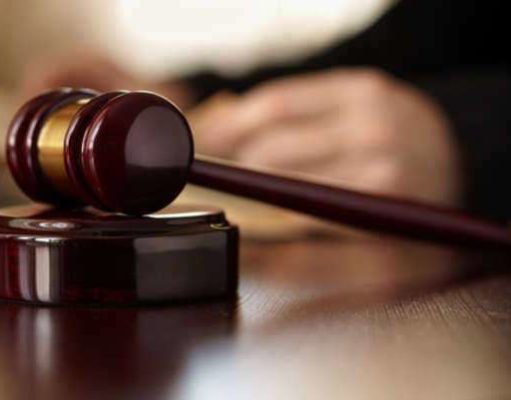
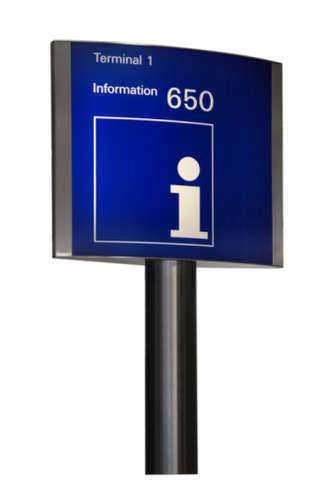
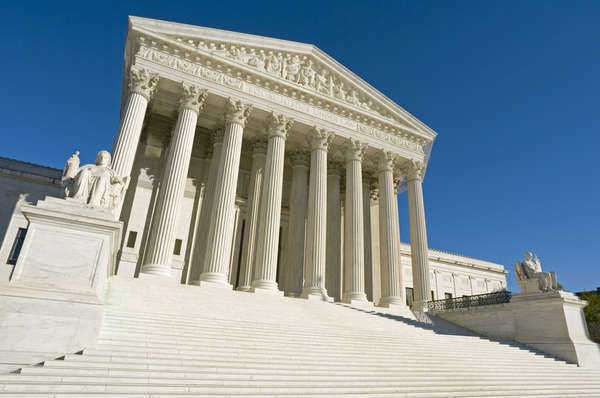

 What are Supreme Court Judgments?
What are Supreme Court Judgments?